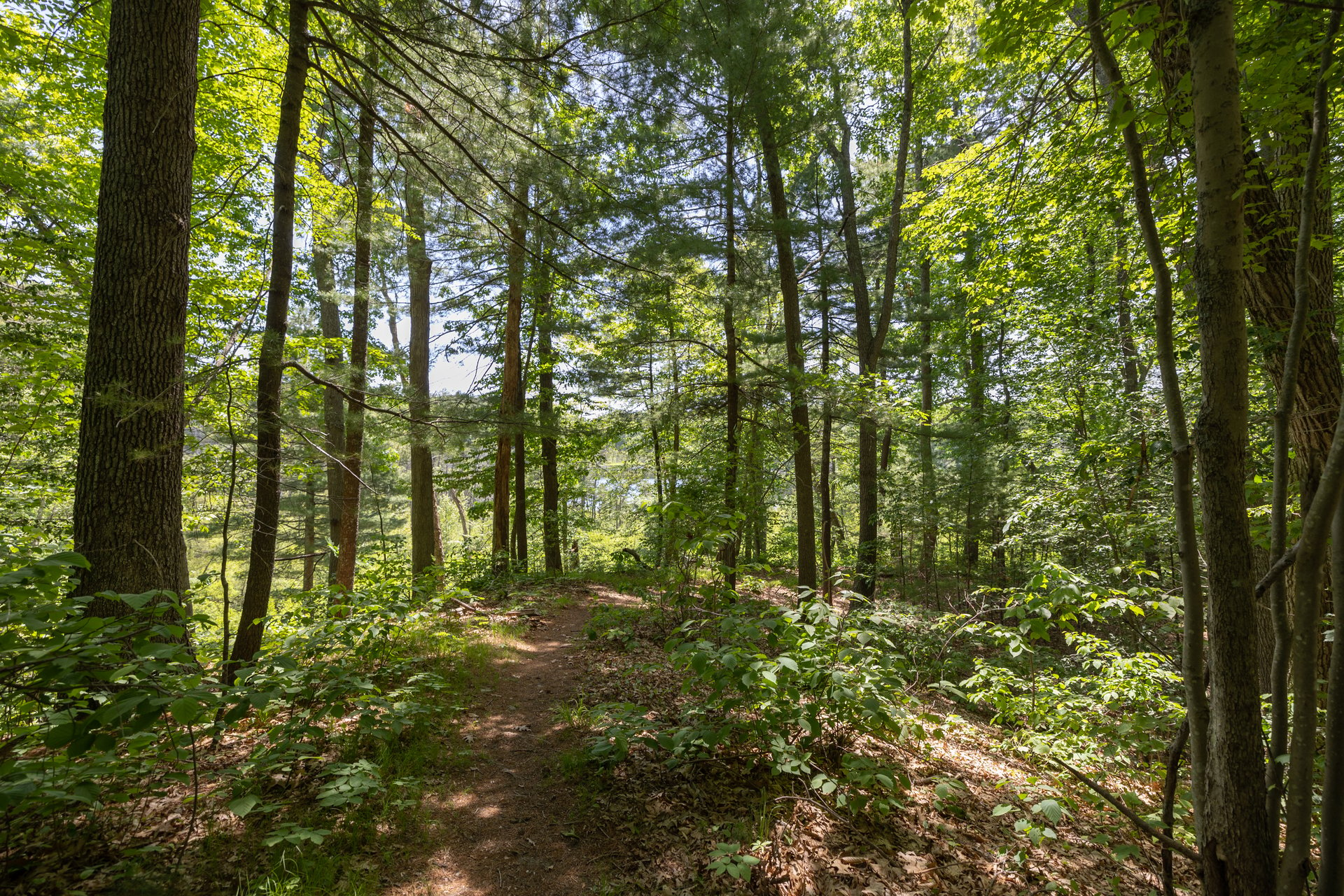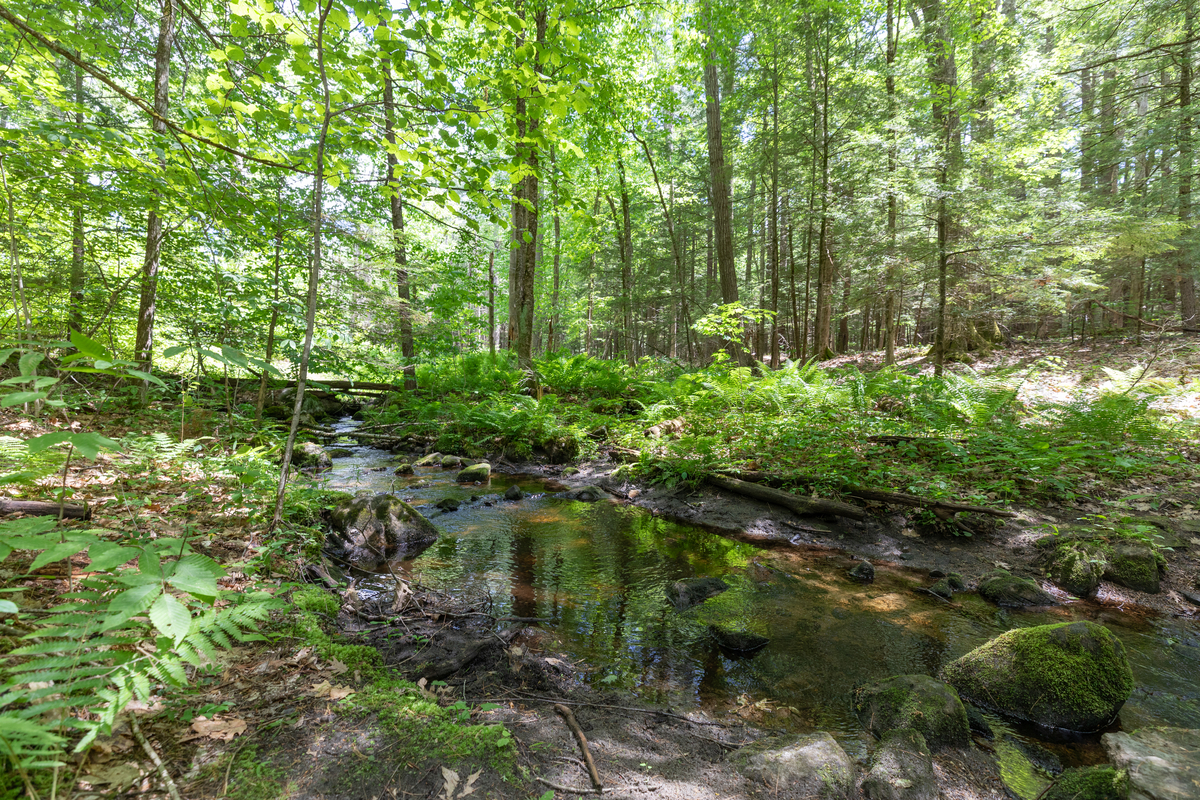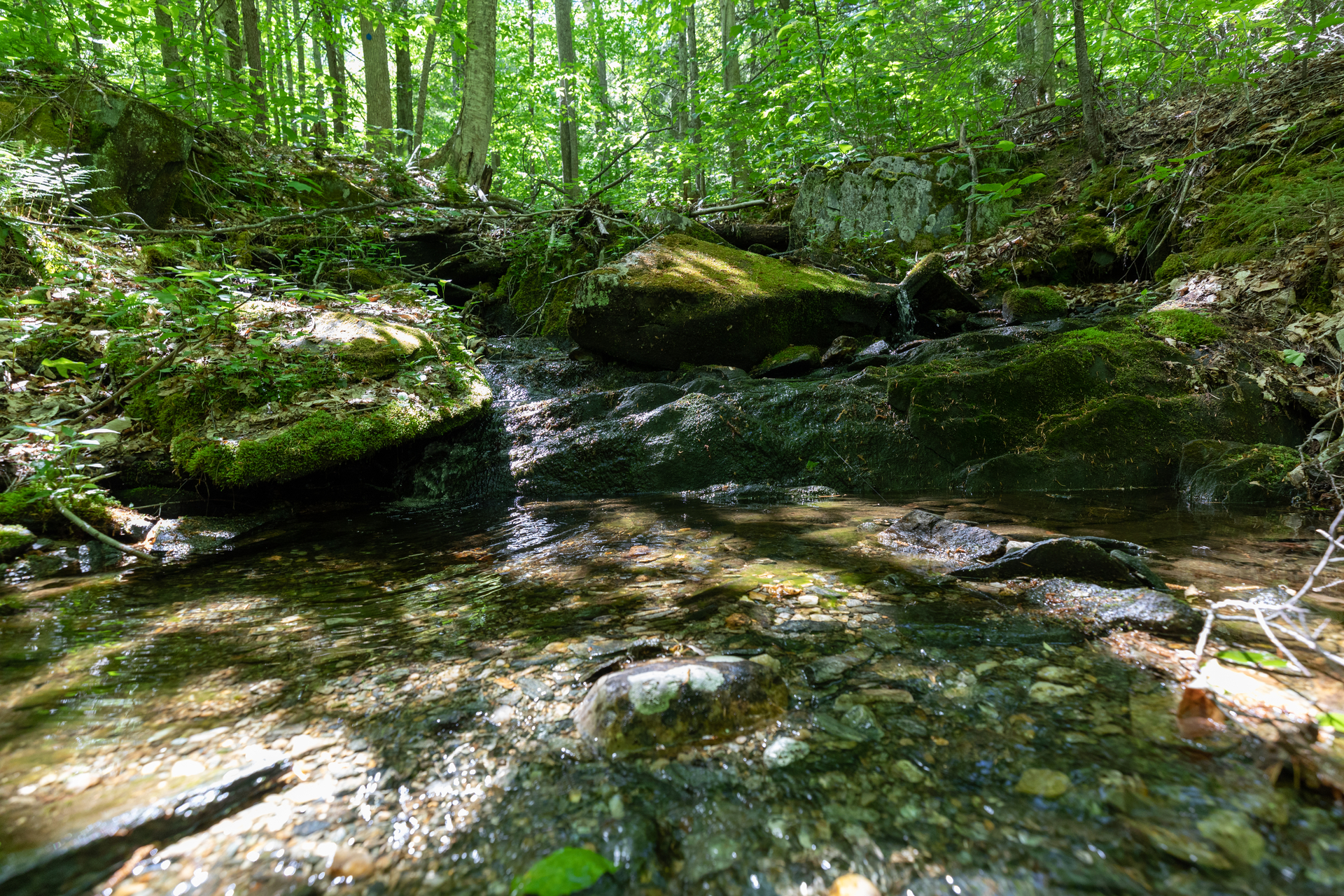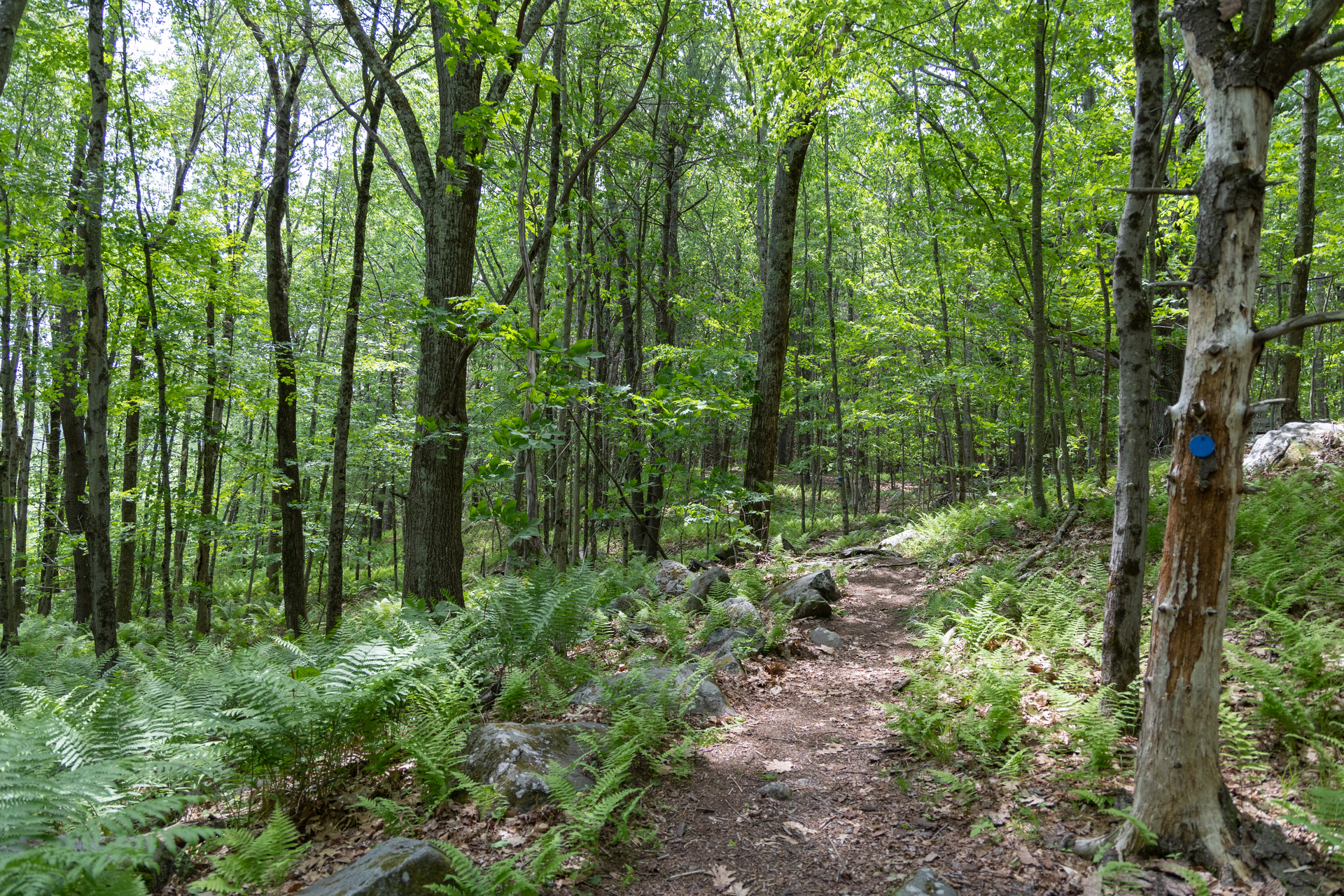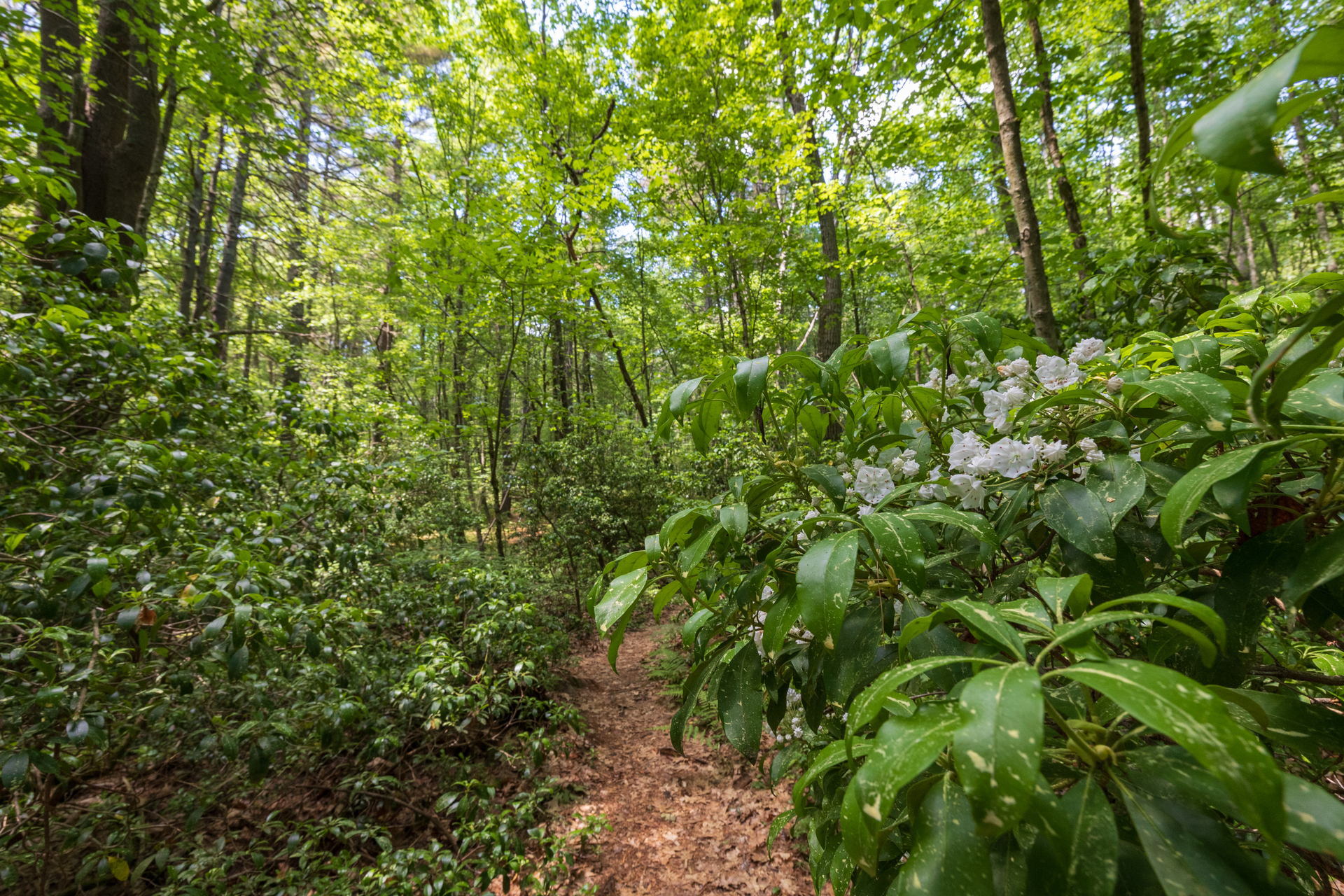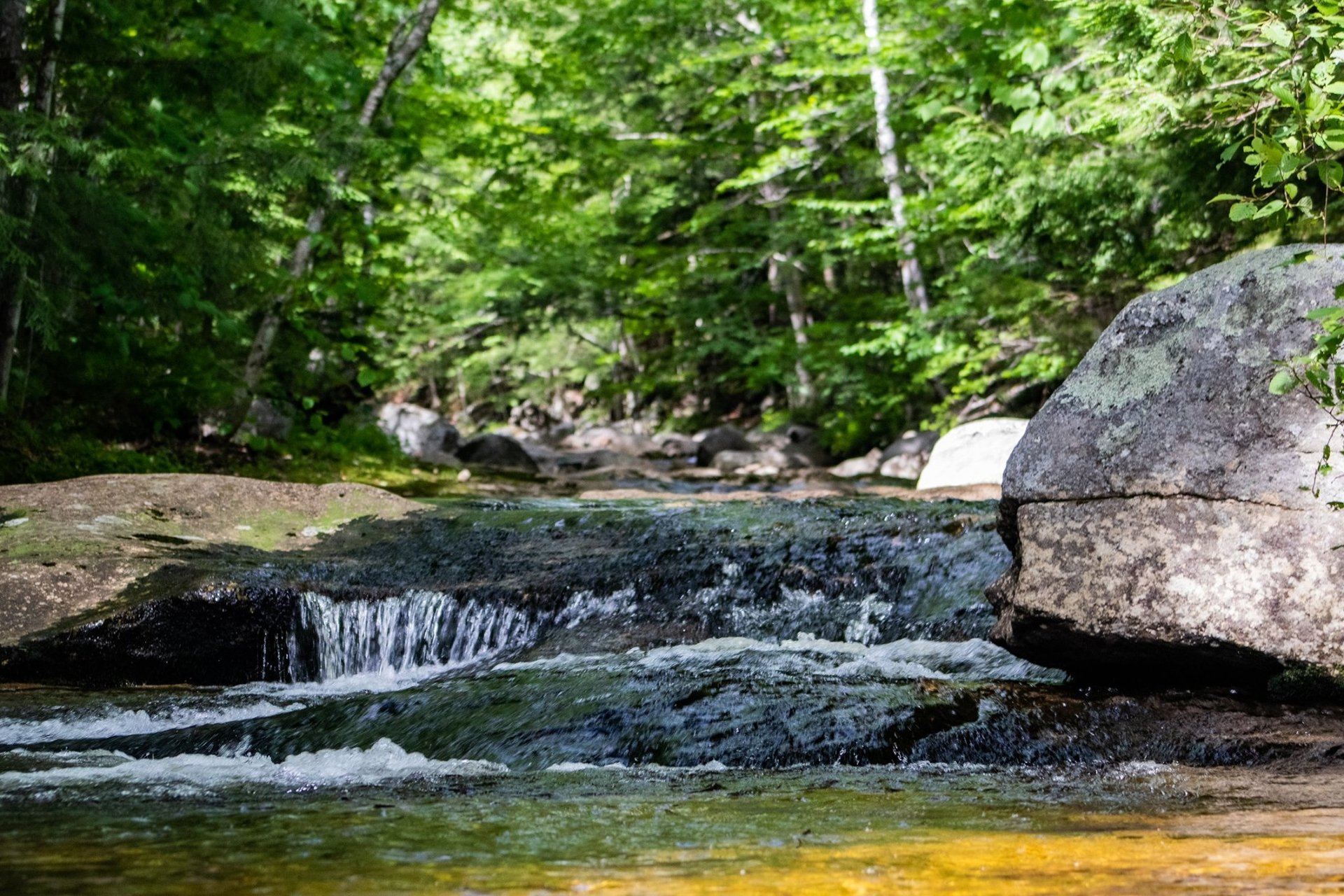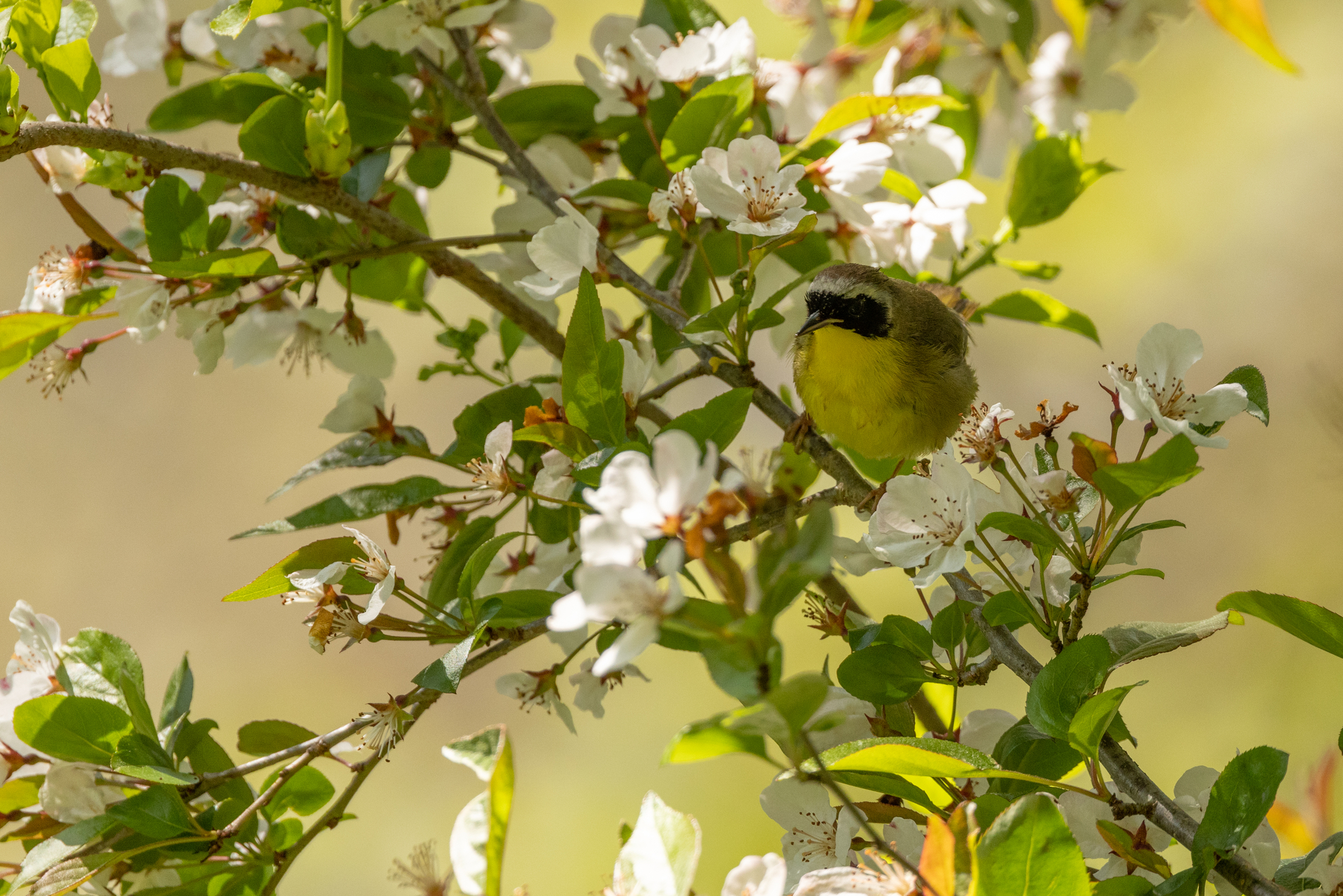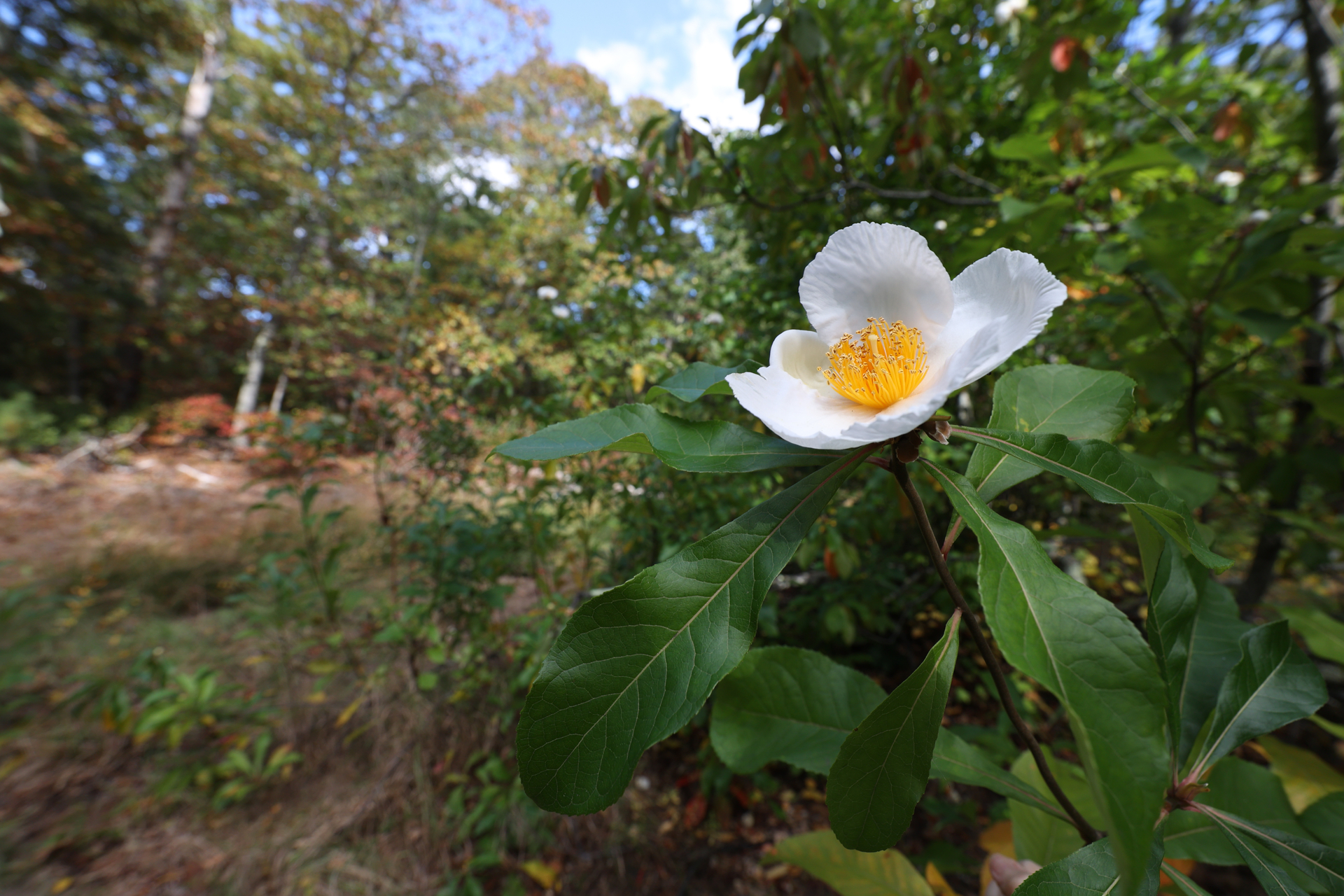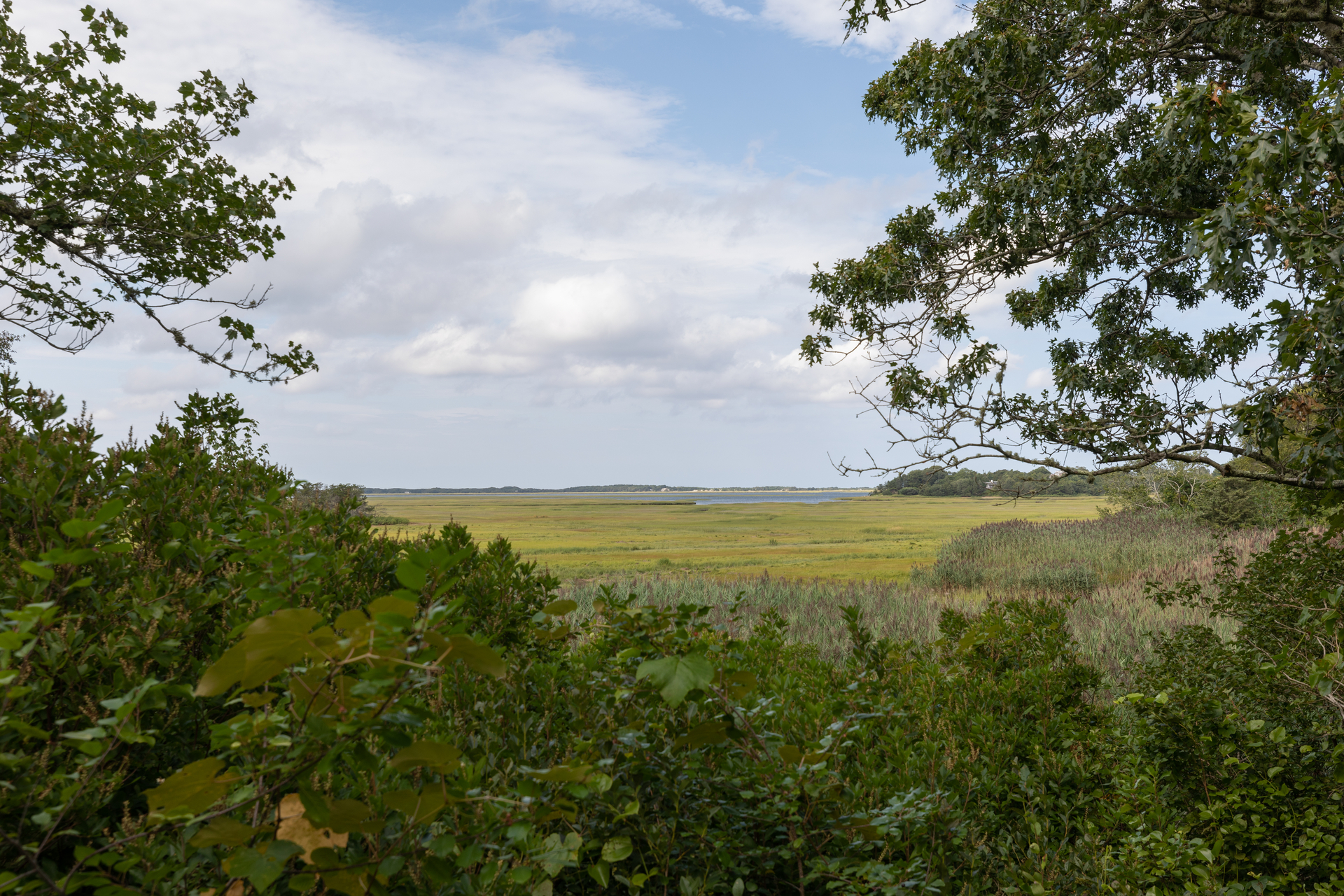Cool Off Under the Canopy
July 01, 2021
On a sweltering hot summer day, going for a hike or even an easy stroll outdoors might not be the first activity that comes to mind. But wandering through woodlands amid leafed-out oaks and beeches, you may find yourself blissfully cloaked under a cool and shady canopy thanks to a forest-created microclimate.
Not only can a thick and healthy overstory save your pleasant nature ramble from becoming a sweaty slog, forest canopies also provide an array of benefits for the natural world including food, shelter, and places to reproduce for birds and other animals. Vibrant communities of trees also support other plant life, as well as clean air and water.
Even outside our forests, trees provide protection from soaring temperatures. Shade trees are particularly important for heat islands in urban areas, where specific parts of cities face significantly higher temperatures than their suburban or rural counterparts.
Cool Hikes
Experience the benefits of the cooling forest canopy for yourself! Mass Audubon wildlife sanctuaries include plenty of trails that pass-through forests with healthy canopies—and thus provide lots of shade for walking.
1. Graves Farm Wildlife Sanctuary, Williamsburg & Whately
This property features a modest but impressive canopy of oaks and some of the largest white pines in our sanctuary system. The Nonnie Day Brook Loop is a gentle walk of less than a mile through a stand of mature white pines and hemlock.
2. West Mountain Wildlife Sanctuary, Plainfield
The 1.3-mile East Slope Loop trail passes through forests of northern hardwoods, including oak, maple, beech, and birch. This section of the 1,812-acre sanctuary (one of our largest) also supports a brook, pond, and waterfall, which add their own cooling benefits.
3. Wachusett Meadow Wildlife Sanctuary, Princeton
The Hemlock Seep Trail traverses shade-filled hemlock and yellow birch forest that feels tranquil in any season and is perfect on a hot day. Listen for the cascading song of the Winter Wren and step carefully around red efts among the mossy rocks.
5. Burncoat Pond Wildlife Sanctuary, Spencer
Escape the blazing heat on the White Oak Trail, via the Kalmia Loop and Laurel Loop Trails. The sanctuary also accesses the long-distance Mid-State Trail and Greater Worcester Land Trust property, where opportunities abound to follow paths under a rich canopy.
6. Ipswich River Wildlife Sanctuary, Topsfield
Head for the Averill’s Island Loop at the east side of the sanctuary for a nice walk through cool glades of pines.
7. Marblehead Neck Wildlife Sanctuary, Marblehead
Their names are a giveaway. Both the Warbler Trail and Vireo Loop—named for birds that often prefer forest habitats—provide lots of shade at this North Shore suburban oasis.
8. Ashumet Holly Wildlife Sanctuary, Falmouth
This wildlife sanctuary on the Upper Cape includes a particularly diverse forest canopy featuring scores of holly tree species, which keep their leaves year-round. You’ll find the tallest of the 1,000 holly trees on the property on the Mystery Tree Trail.
9. Barnstable Great Marsh Wildlife Sanctuary, Barnstable
Situated on Cape Cod Bay, the dense forest canopy here is ideal for cool, shady hiking. Be sure to check out the tupelo trees along the Cooper Pond Loop.
The Values of Shade
Research—including a 2019 report in the journal Nature Ecology & Evolution—suggests that animals and plants in the forest will not "feel" climate warming to the same degree as those living outside forests. This is good news for lots of flora and fauna, including forest interior bird species such as Scarlet Tanager and upper-canopy dwellers like the Red-eyed Vireo. And down below, the cooler, moister microclimate in the understory benefits amphibians, especially salamanders.
All of these benefits are especially crucial as the planet warms and climate change brings impacts that threaten our forests. These include tornadoes and other traumatic wind events than can blow down entire forests; ice storms (rather than colder snowfalls) that snap even the largest branches; the specter of two extremes—longer droughts and worse floods; and potentially tree-killing pests and diseases that data indicate do better as temperatures rise.
More Places to Explore
So, this summer, we encourage you to find some shade and appreciate the cooler benefits that treetops provide. This list of locations are suggestions on where to get started, but there are plenty of other canopies where you can find relief around the state as well.
Stay Connected
Don't miss a beat on all the ways you can get outdoors, celebrate nature, and get involved.



